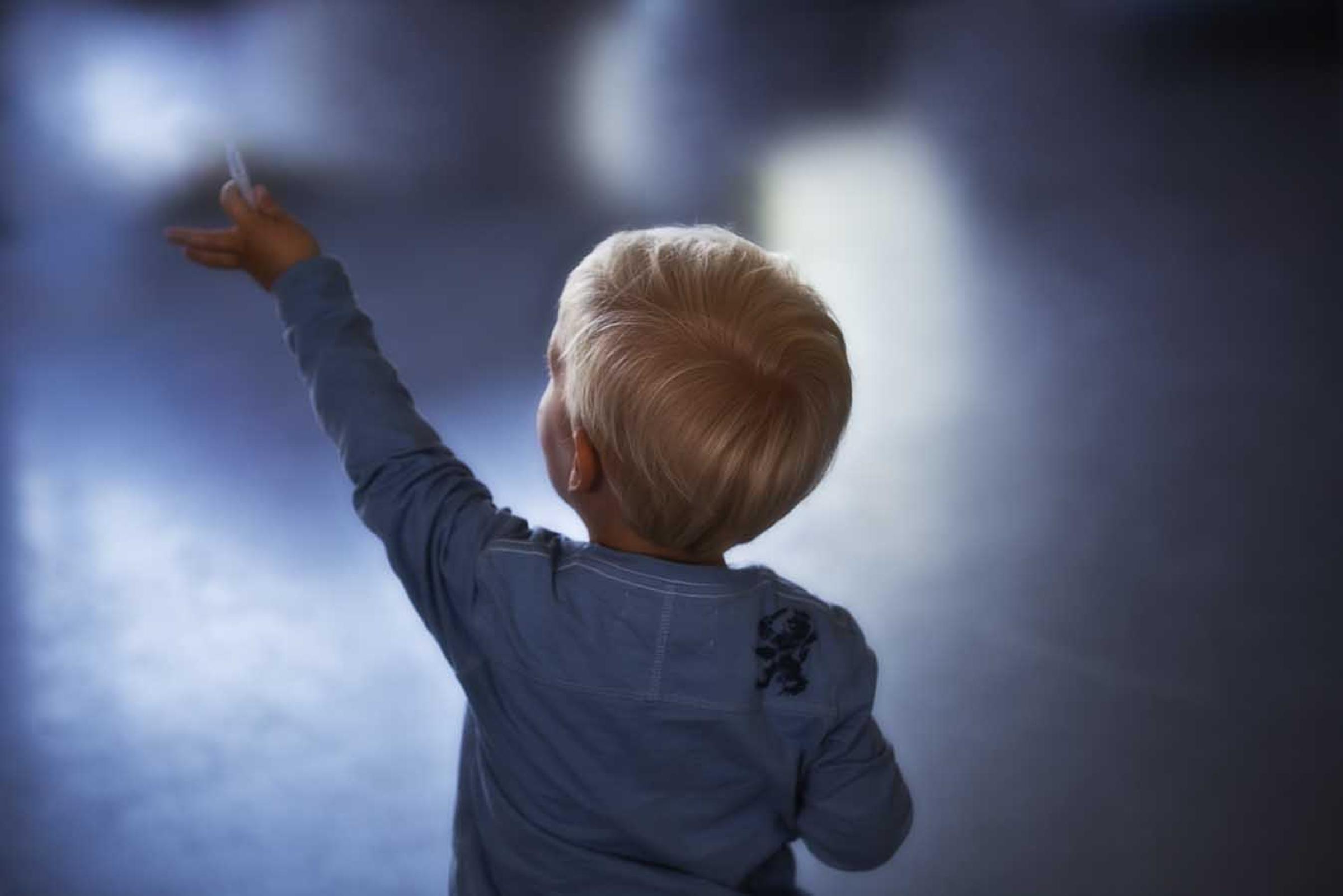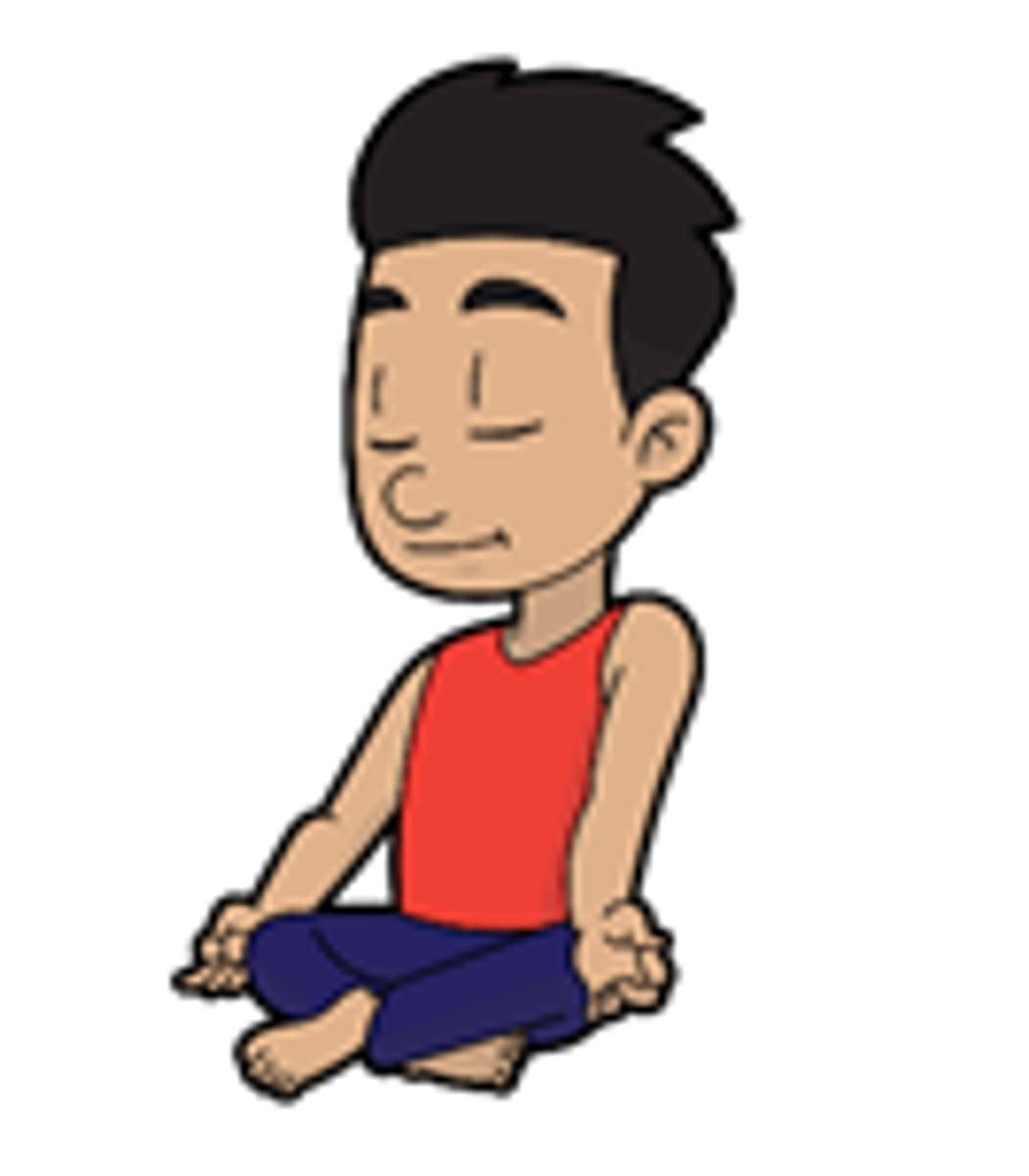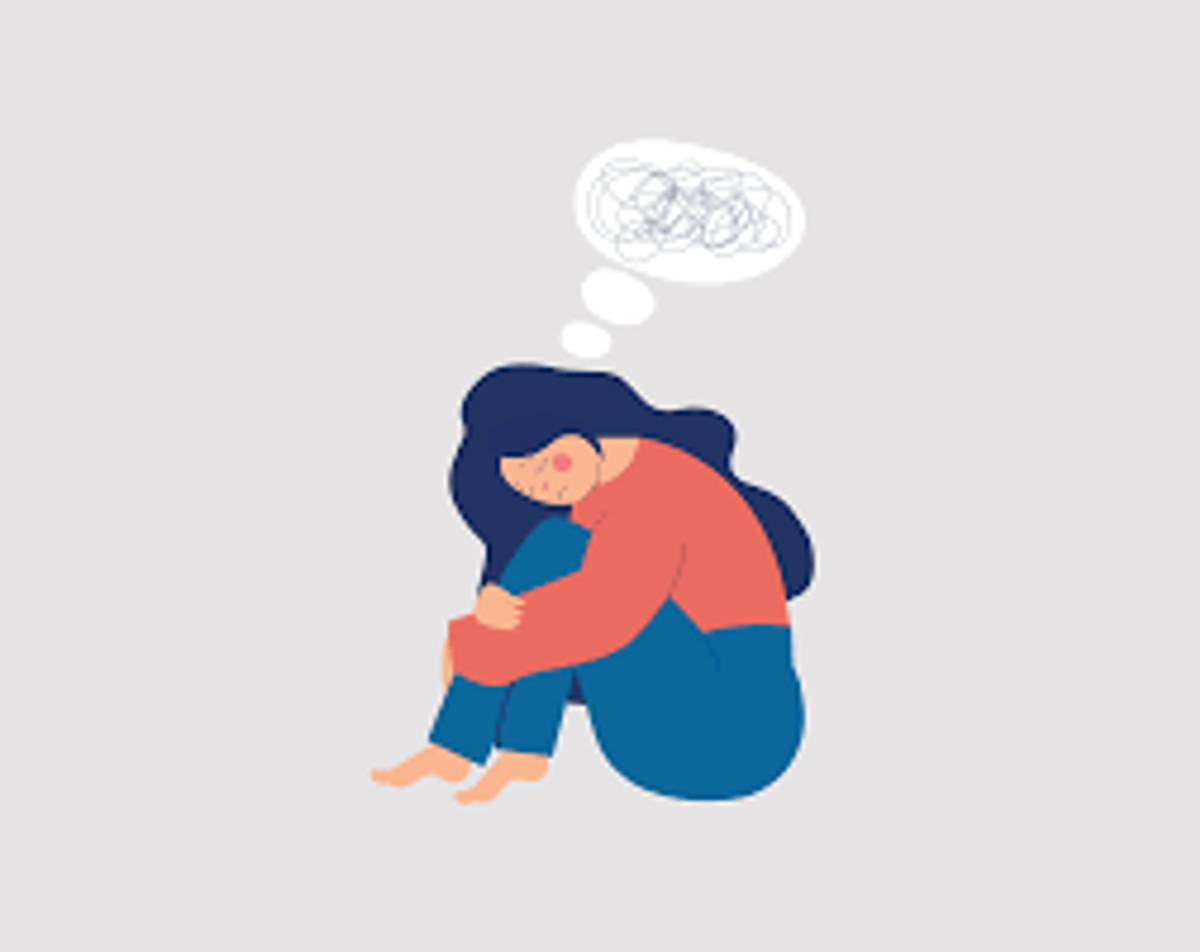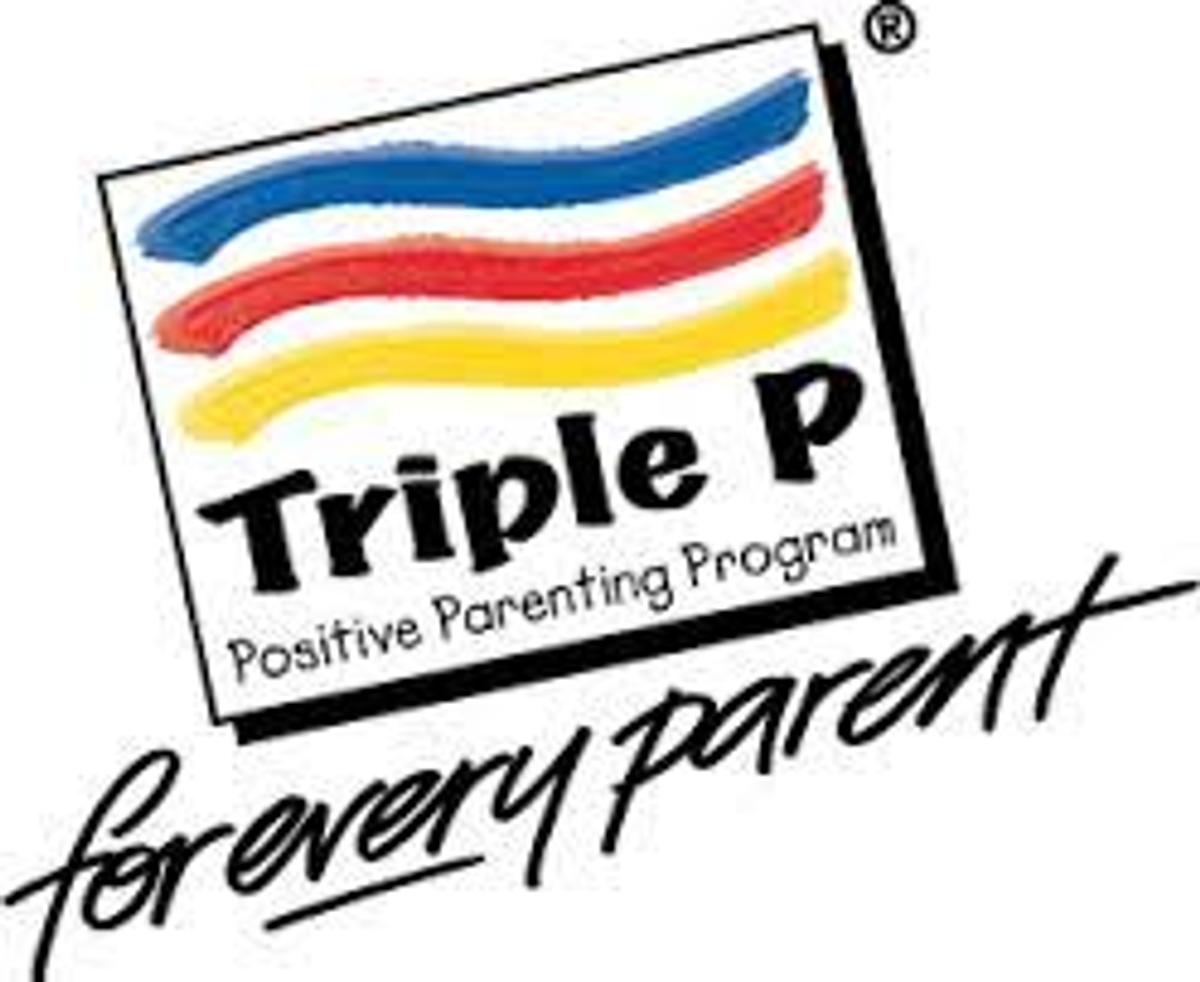Wellbeing

Twilight Market
Unfortunately we have had to cancel this year’s Twilight market due to Covid restrictions and guidelines. We are all disappointed but hopeful of a bigger and better market to celebrate in 2022.
National Mental Health Awareness Month: October 1st to 31st 2021
National Mental Health Month is an initiative of the Mental Health Foundation Australia (MHFA) to advocate for and raise awareness of Australian mental health. It is an important time where the Australian community comes together to raise awareness and promote better mental health for all. Throughout this month, many events have been organised in each state of Australia aiming to attract and unite Australians of all ages and backgrounds to raise awareness and promote better mental health for all.
The National Mental Health Month 2021 Awareness Campaign theme is:
‘Mental Health: Post Pandemic Recovery Challenges and Resilience'
This year’s theme will focus on raising awareness about mental health in various industries. Every industry has faced and many are still facing unprecedented challenges due to the COVID-19 pandemic.
The Resilience Project
Our focus for the Resilience Project this term is Mindfulness. Mindfulness is our ability to be calm and present at any given moment. We practice this trough slowing down and concentrating on one thing at a time. This could be our breathing, colouring or noticing the sounds we hear.
Here are some questions you might like to ask your children when you sit at the dinner table together or before you go to bed and have chat about Mindfulness.
How did you practice Mindfulness today? These are things like meditations, puzzles, spot the difference, colouring.
What Mindfulness activity are you going to do tomorrow?
What is your favourite Mindfulness activity?
How do you feel after you do your Mindfulness activity?
For more ideas of how to explore Mindfulness at home with your children and families, visit https://theresilienceproject.com.au/at-home/learning/mindfulness/
BeYou
BeYou is a national mental health in education initiative delivered by Beyond Blue, in collaboration with Early Childhood Australia and Headspace. BeYou supports educators to develop a positive, inclusive and resilient learning community for all members of the school community, children, parents and staff. With the transition back to school after a long period of lock down, some children and parents might be feeling anxious. The fact sheet taken from the BeYou website is all about anxiety and what signs to look out for. For more information visit www.beyou.edu.au
Anxiety is more than feeling stressed or worried.
Whether a diagnosis is made (by a health professional) will depend on how often, how easily and how intensely a child or young person experiences the symptoms of anxiety and how much it interferes with everyday living.
Common signs and symptoms of anxiety include:
- feeling more anxious than others their age and level
- having anxious feelings are consistently very intense
- feelings that persist well after the stressful event has passed
- feeling so distressed that it interferes with their capacity to learn, socialise and do everyday things.
It’s estimated that one in 14 children and young people experience anxiety.
There are a range of effective treatments and supports available, focusing on how to enable them to manage their condition.
- How do anxiety conditions develop?
An anxiety condition isn't caused by a single factor but a combination of things.
Various factors play a role, including:
- family history of mental health conditions
- personality factors
- a learnt response
- physical health problems
- other mental health conditions
- substance use
- ongoing stressful events.
Possible triggers for ongoing stressful events include transitions (such as starting at a school), change in living arrangements, family relationship problems, major emotional shock following a stressful or traumatic event, being the recipient of bullying, verbal, sexual, physical or emotional abuse or trauma, and death or loss of a loved one.
- What signs should I look out for?
Feeling anxious is a survival response to situations where there are dangers or threats: it helps us to respond efficiently.
However, some people react more quickly or more intensely to such situations.
Age is important
There are similarities but also key differences in the way anxiety may manifest throughout development from early childhood to adolescence. For example, if a baby cries when an unfamiliar person wants to hold them, their fear seems perfectly normal for this age. But if a 12-year-old withdraws or refuses to talk to new people and avoids situation where it may be expected, this may be evidence of a more serious anxiety issue. No matter the age, both children and young people can have difficulty finding the words to express what they are feeling – their behaviour may be the best clue.
Early childhood
Young children are in the early stages of learning how to recognise, understand and respond appropriately to their emotions. Anxiety disorders are less likely to be formally identified in children under five partly because certain fears are considered normal – for instance, fear of the dark, visiting unfamiliar places or separating from a family member.
Behaviours that might indicate they’re experiencing higher levels of anxiety than average could include:
- taking a long time to calm or settle following separation from a family member on a regular basis
- frequent tantrums that are more regular or severe than others of the same age
- low interest or significant reluctance to interact in social situations
- unwillingness to get involved in unfamiliar activities
- significant difficulty or distress during change or transitions
- clingy behaviour or inability to separate from a favourite educator.
Many children in early childhood will display one or more of the above behaviours; however, if it happens on a regular basis and interferes with the child’s ability to learn and engage in social relationships, then it’s a sign they need additional support.
Primary school years
As children’s thinking skills expand and become more abstract, they can develop fears of imaginary creatures and monsters. They may also worry about schoolwork, tests and their social relationships. As they grow older, they may have anxiety about family relationships or global issues such as war or famine.
The following behaviours might indicate a primary school-age child is experiencing higher levels of anxiety than average:
- Wanting things to be perfect.
- Reluctance to ask for help.
- Asking for reassurance excessively.
- Difficulty joining in.
- Requests to go to sick bay.
- Challenging behaviour.
Support for parents supporting children with anxiety.
The Victorian Government has enabled free access to the Triple P Positive Parenting online programs aimed at Victorian parents to support children experiencing anxiety. There are three online modules aimed at parents of children aged 0-16 years experiencing anxiety, anger and depression. Click on the Triple P Positive parenting blue link for more information.
It has been so lovely to have the junior children back at school this week. I look forward to seeing all the senior students too. If you have any concerns about the wellbeing of your child or their transition back to school, please do not hesitate to contact me.
Rachel Lenko
rlenko@sfslynbrook.catholic.edu.au
Student Wellbeing Leader






